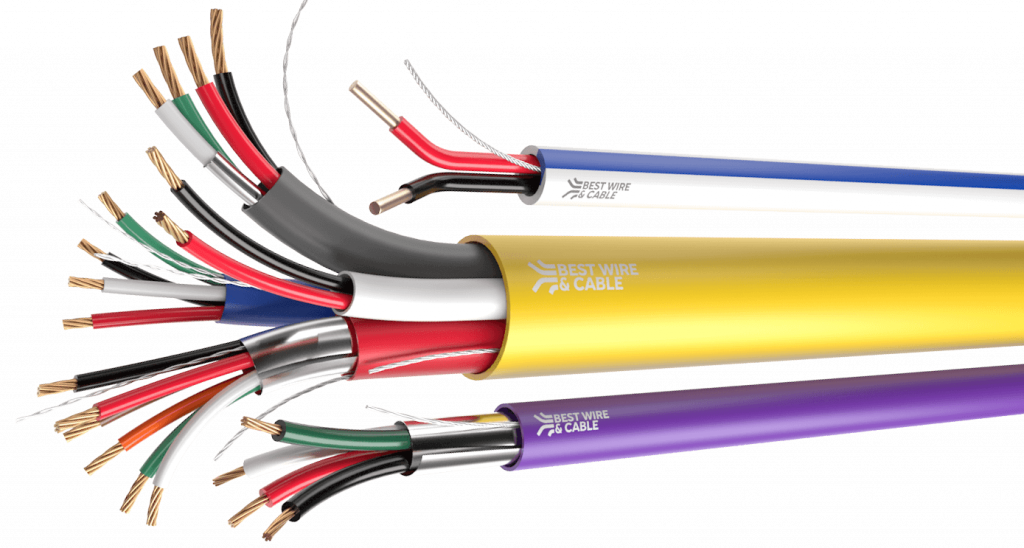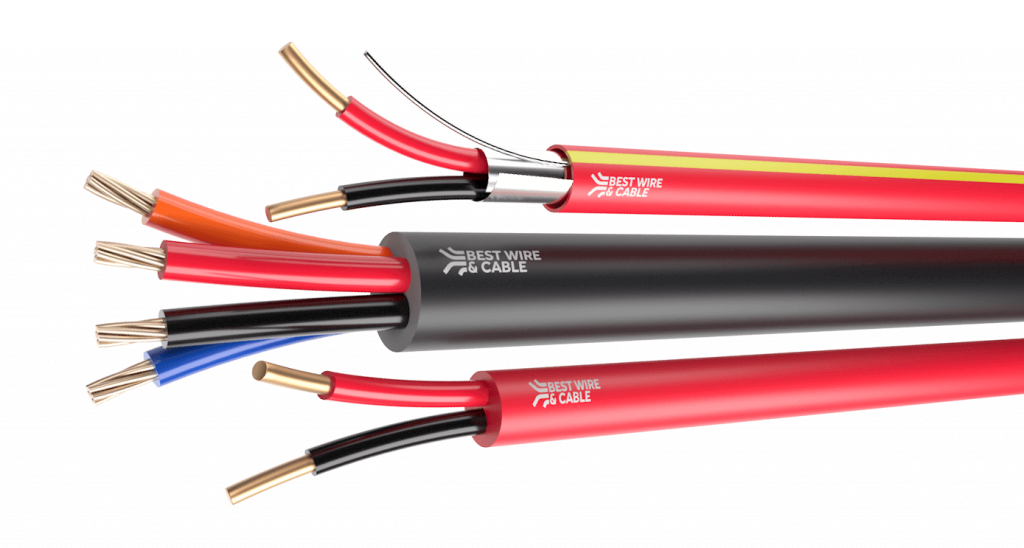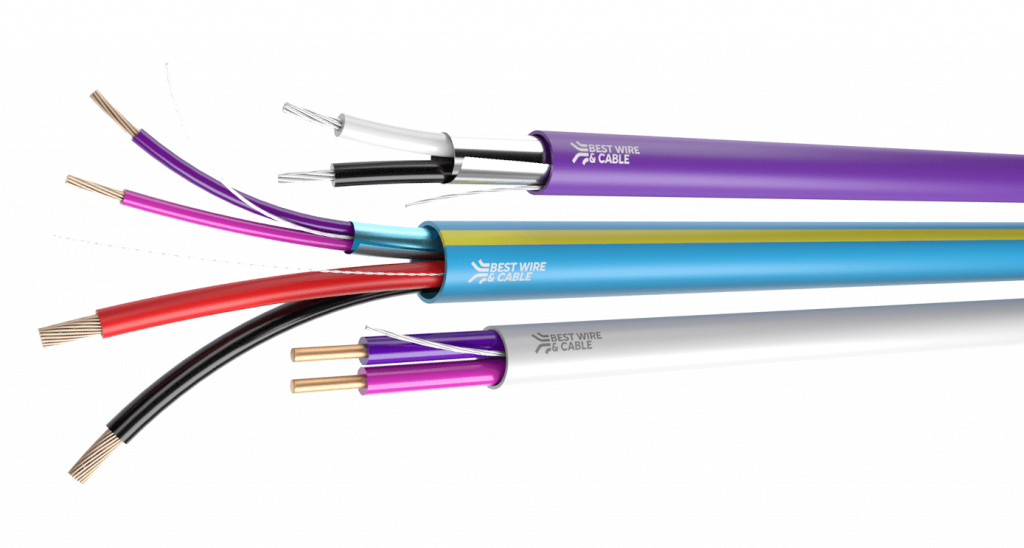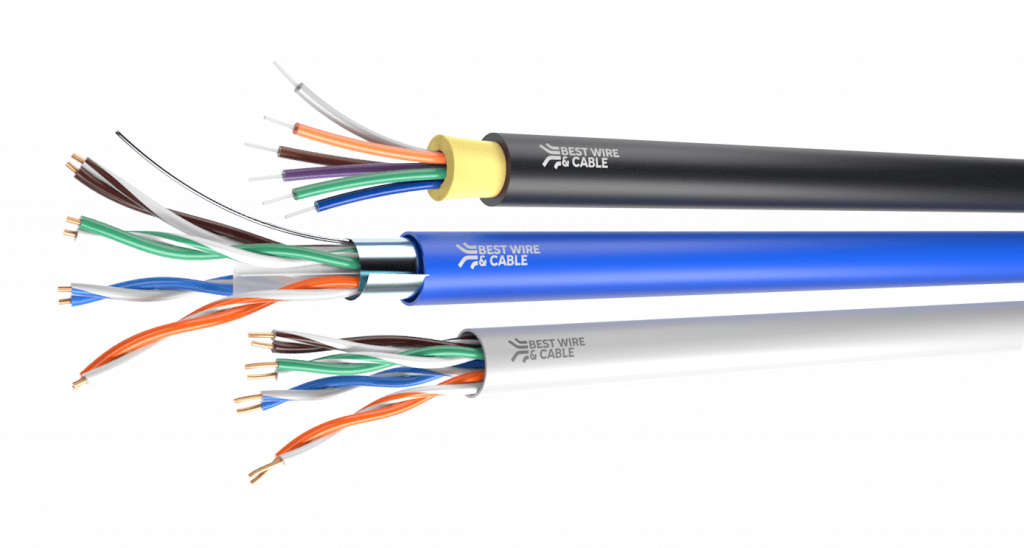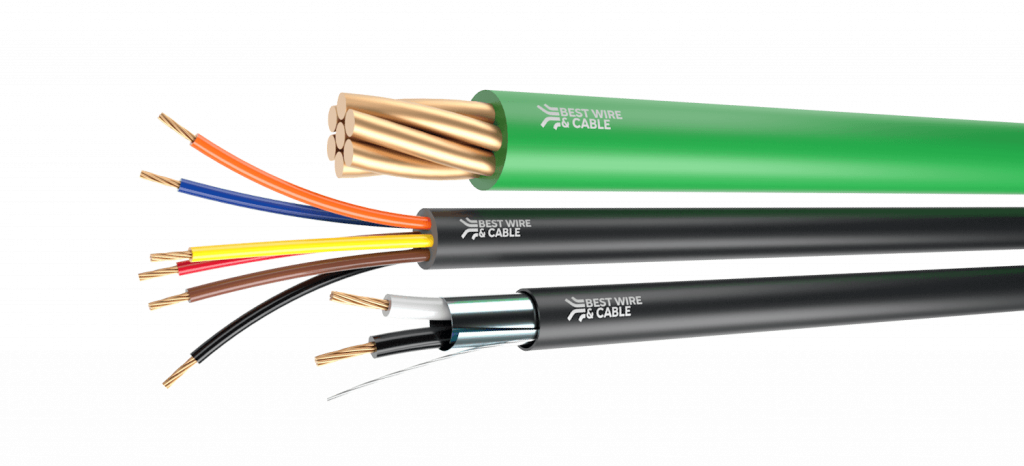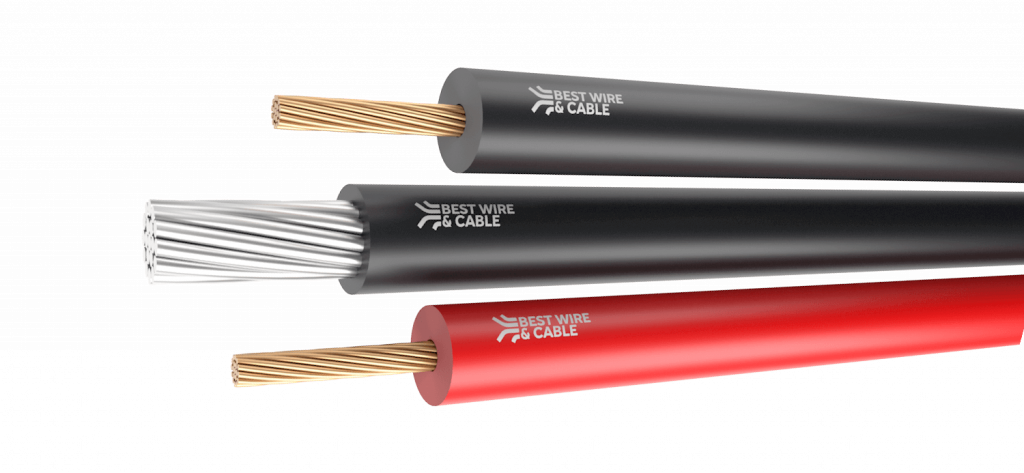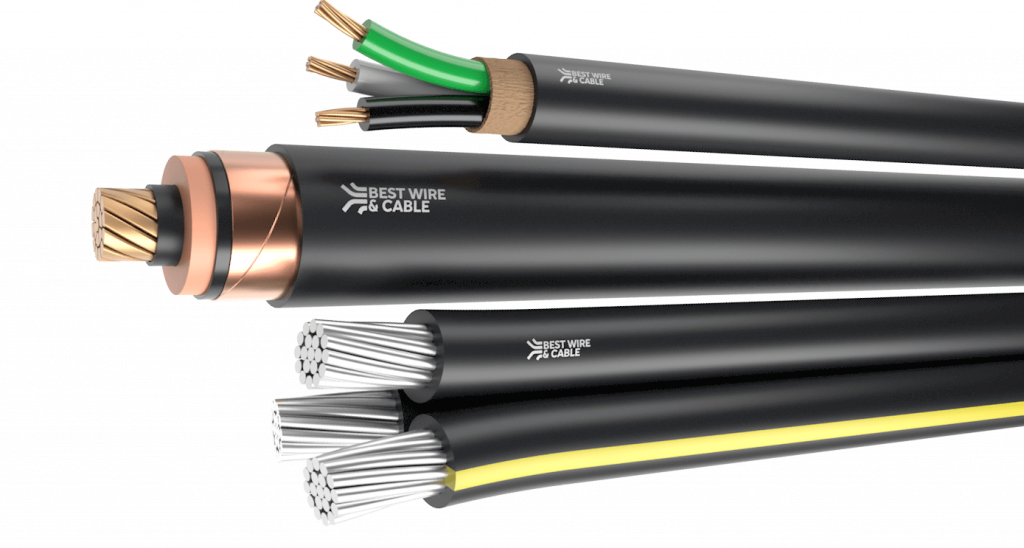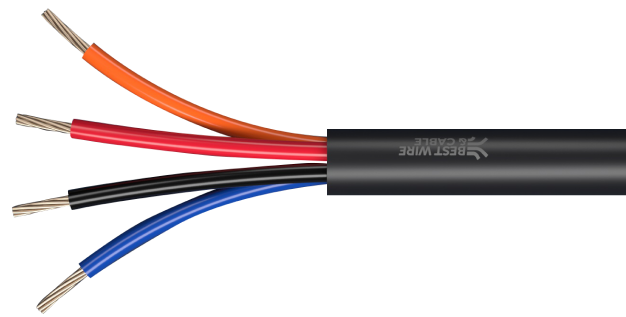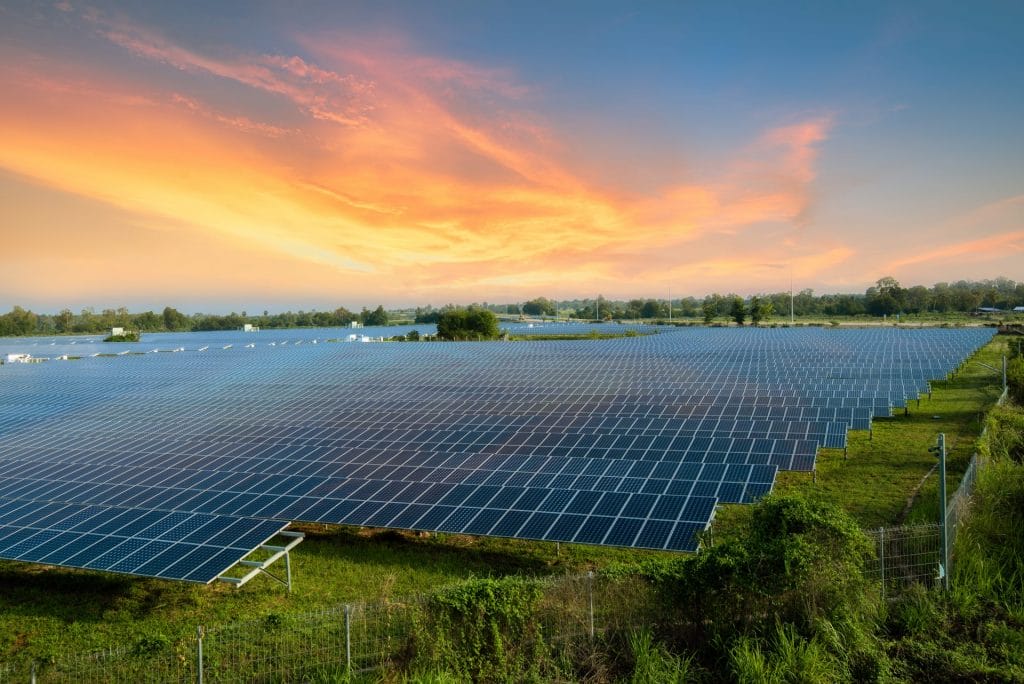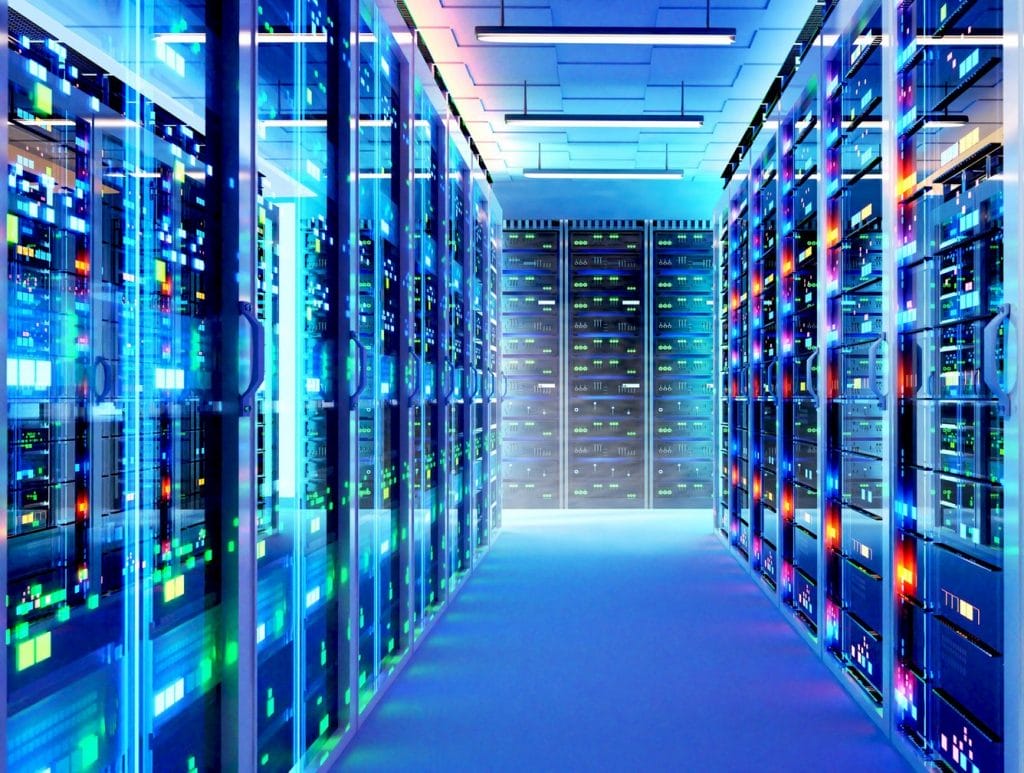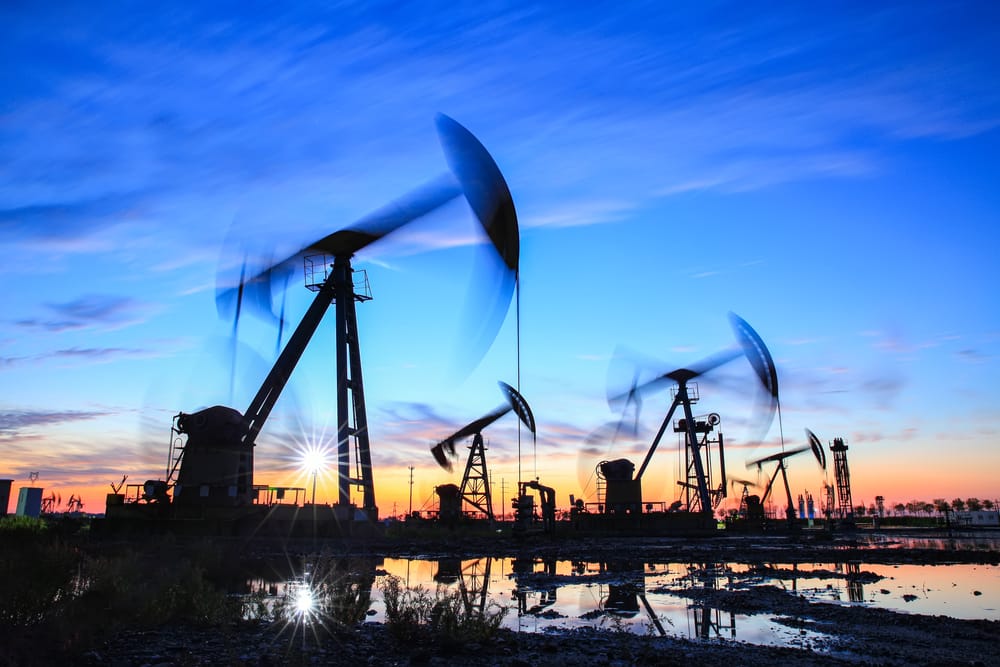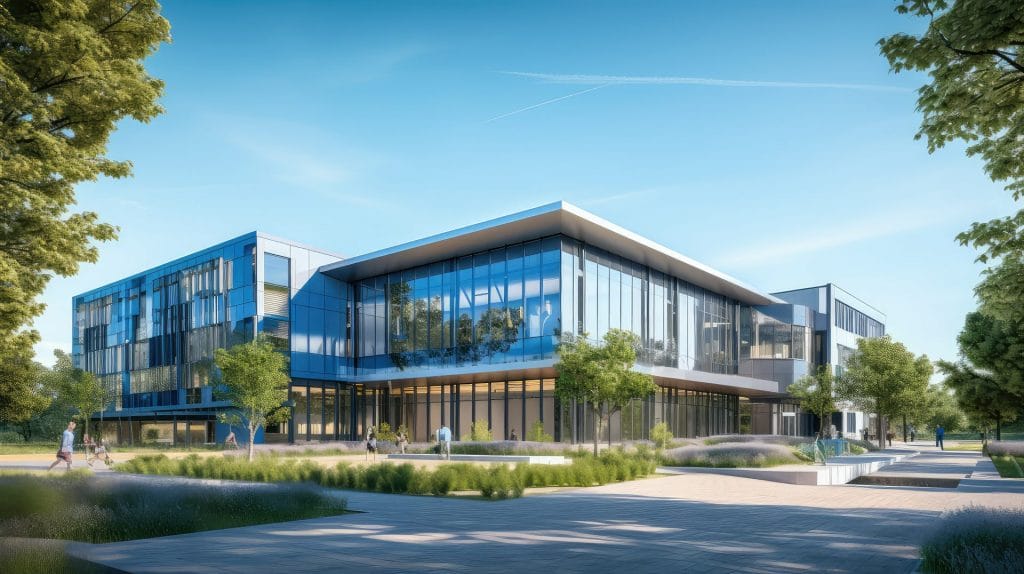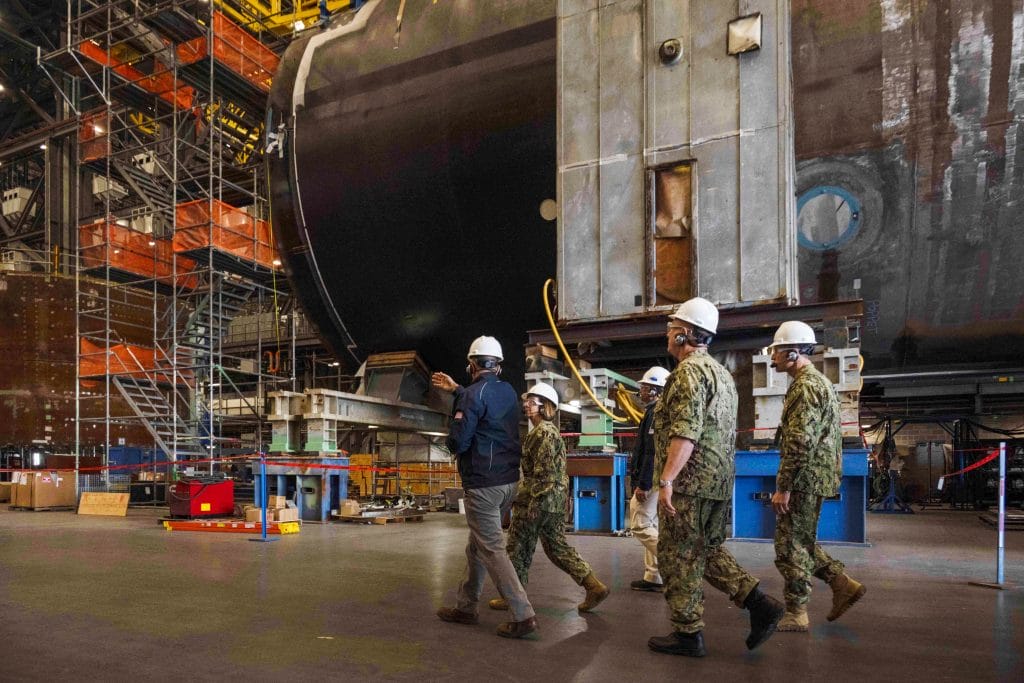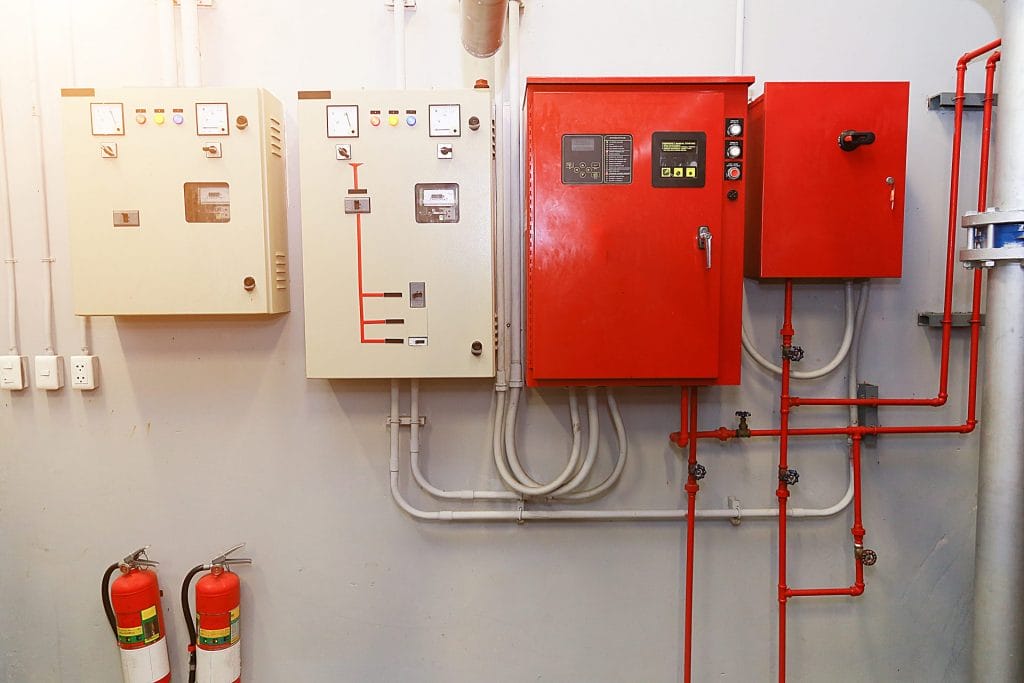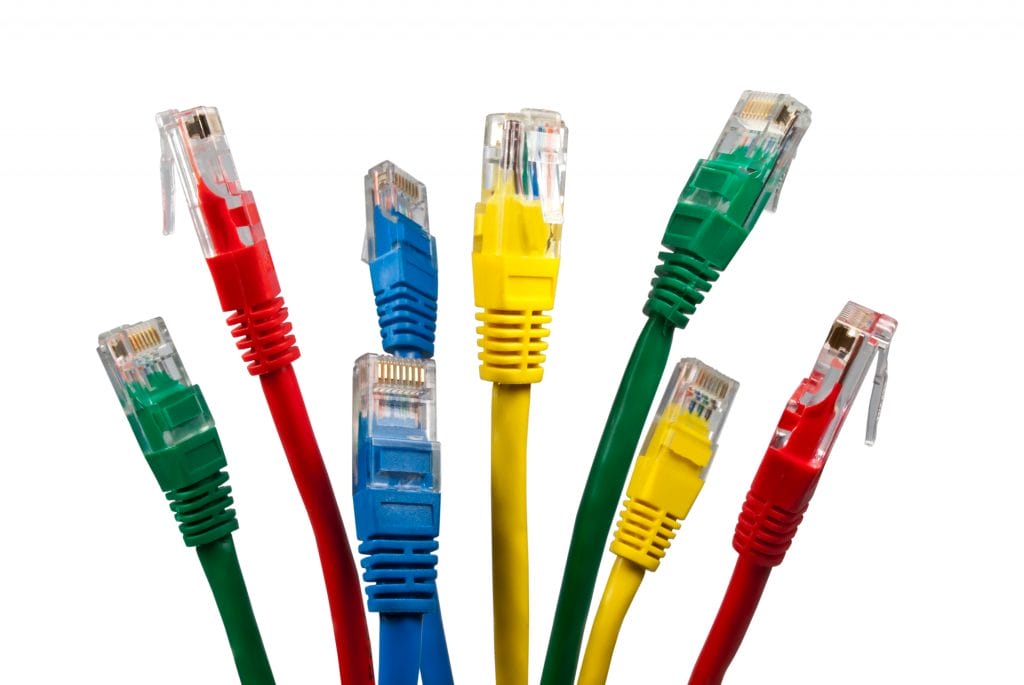The Evolution of Wire and Cable: A Journey Through History
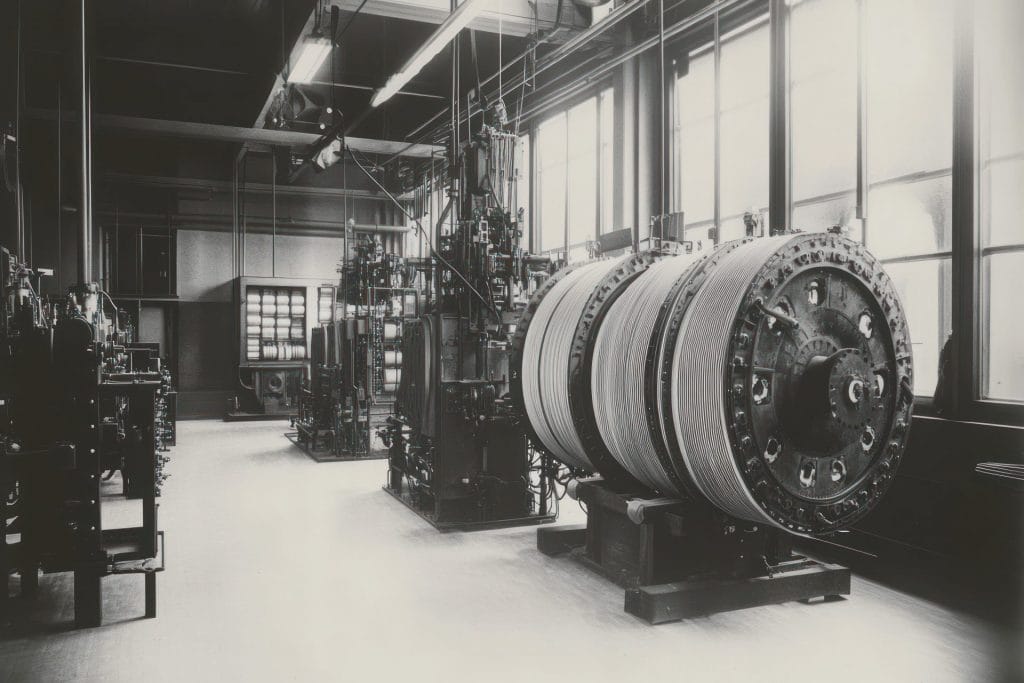
The history of wire and cable is a fascinating journey of innovation and technological advancement, closely intertwined with the progress of electricity and communication. From the early days of rudimentary telegraph wires stretching across vast landscapes to the ultra-fast fiber optics that power the digital age, the development of wire and cable technology has been crucial in shaping modern infrastructure. What started as simple metal conductors has evolved into highly sophisticated systems that enable global connectivity, efficient power distribution, and cutting-edge advancements in artificial intelligence, smart cities, and renewable energy. Every major technological leap—from the first telegraph lines to the complex data highways of today—has been built upon the foundation of wire and cable innovations. Here’s a look at some key milestones that have defined this evolution.
Early Beginnings (1800s)
The foundations of modern wire and cable technology were laid in the 19th century, fueled by discoveries in electromagnetism and the growing need for communication infrastructure.
- 1831: Michael Faraday’s discovery of electromagnetic induction paved the way for electrical transmission through wires, marking the birth of electrical engineering.
- 1844: The first recognizable electrical cable was used for telegraph lines between Washington, D.C., and Baltimore. These early cables were made of iron, but as the demand for better conductivity grew, copper became the preferred material.
- 1858: The first transatlantic telegraph cable was laid, successfully connecting North America and Europe. This milestone revolutionized global communication, making long-distance messaging faster and more efficient.
- 1880s: Insulated wires began to emerge, initially using gutta-percha, a natural latex, for insulation. This material was later replaced by rubber and other insulating compounds, improving durability and performance.
- 1889: The first long-distance electric power transmission line in the U.S. was established, stretching 14 miles from Oregon City to Portland. This marked a significant step in the widespread distribution of electricity.
20th Century Advancements
As the world embraced electricity, the demand for more efficient and safer wiring solutions drove innovation throughout the 20th century.
- Early 1900s: Electricity became an essential part of everyday life, leading to the development of armored cables with flexible sheathing and rubber-insulated conductors to improve safety and durability.
- 1930s: Trials with polyvinyl chloride (PVC) insulation began, signaling a shift away from rubber insulation. PVC was more durable, cost-effective, and resistant to environmental damage.
- 1950s: PVC insulation became commercially viable and widely adopted across multiple applications, including household and industrial wiring.
- 1970s: Cross-linked polyethylene (XLPE) insulation was introduced, replacing paper-insulated cables in medium-voltage applications. This development improved efficiency and safety in power transmission.
- Late 20th Century: The introduction of fiber optic cables revolutionized data transmission. Unlike traditional copper cables, fiber optics offered high-bandwidth communication, paving the way for the internet and modern telecommunications. By 2022, the global fiber optic cable market was valued at over $9 billion, with projections to grow significantly due to the demand for high-speed internet.
21st Century and Beyond
With rapid advancements in technology, the wire and cable industry continues to evolve to meet the demands of modern applications.
- Convergence of Technologies: Today, cables are the backbone of integrated systems, supporting smart homes, Internet of Things (IoT) devices, and interconnected technologies. The global IoT cable market is expected to reach $25 billion by 2028 as connectivity solutions expand.
- Sustainability: With growing environmental concerns, the wire and cable industry is focusing on sustainable materials and manufacturing processes, reducing waste and improving energy efficiency. The recycled copper market alone is projected to reach $150 billion by 2030 as industries push for eco-friendly solutions.
- High-Speed Data Transfer: The increasing demand for faster and more reliable communication has led to innovations in cable design, such as high-speed Ethernet and next-generation fiber optics. By 2025, 5G networks are expected to cover 40% of the world’s population, further increasing the need for fiber optic infrastructure.
- Renewable Energy Integration: As the world shifts toward renewable energy sources, specialized cables are being developed for solar power, wind farms, and electric vehicle infrastructure. The global market for solar cables alone is projected to exceed $3 billion by 2030 as renewable energy adoption accelerates.
The Future of Wire and Cable
As technology continues to advance, the wire and cable industry will play a crucial role in shaping the future. From smart grids to next-generation communication networks, innovations in materials, design, and applications will continue to enhance how we connect and power our world. The development of superconducting cables, which offer near-zero resistance, could drastically improve energy efficiency in power transmission. Likewise, ultra-lightweight and flexible cables could revolutionize space exploration and deep-sea communications, opening up new frontiers for human advancement.
Artificial intelligence and automation are also set to reshape the industry, optimizing cable manufacturing, predicting maintenance needs, and improving overall network efficiency. As cities grow smarter and industries become more data-driven, demand for intelligent wiring solutions will rise. Companies are investing in self-healing cables that can detect faults and repair themselves, reducing downtime and increasing system reliability. These innovations will not only improve efficiency but also ensure safer and more sustainable infrastructure in the years ahead.
A Legacy of Innovation
The journey of wire and cable has been one of continuous improvement and adaptation. From the first telegraph lines to today’s fiber-optic networks, the industry has consistently evolved to meet the ever-growing needs of society. It has connected continents, powered cities, and enabled the digital revolution. With sustainability, efficiency, and high-performance solutions at the forefront, the future of wire and cable promises to be as transformative as its past. As we look ahead, it is clear that these fundamental components will remain integral to the technological breakthroughs that shape the world of tomorrow.
View our Wire & Cable Products
